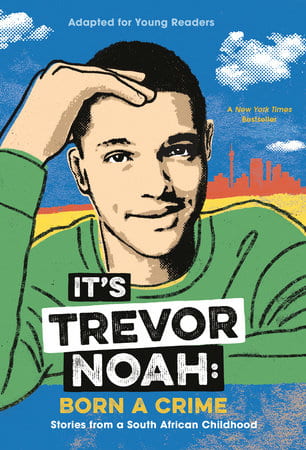Who am I? This is a question that we should all keep asking ourselves and what better way to do that then with a project.
First of all, I am not the most qualified person to be giving advice on this because the question “Who am I?” Is one that I’ve been struggling to answer for a long time. Throughout this project I did however start taking the right steps to answering this.

A big thing that helped me in answering this was reading a book about someone inspirational, in my case the Trevor Noah Born A Crime, and analyzing it. I found it especially inspirational because he came from really harsh beginnings and still was always able to make light of a situation and make the best with what he had. The book was full of quotes that I was able to relate to, but my favourite one has to be “I don’t regret anything I’ve ever done in life, any choice that I’ve made. But I’m consumed with regret for the things I didn’t do, the choices I didn’t make, the things I didn’t say. We spend so much time being afraid of failure, afraid of rejection. But regret is the thing we should fear most.”

Similarly to the book, interviewing a person that was inspirational to me helped me reflect on who I am. I decided to interview my grandpa because, growing up, he was always someone who stayed positive. Even after he developed Alzheimer’s he stayed positive and continues to tell the stories of him growing up because those are the ones that are permanently engraved in his mind. He has a lot of stories that I can relate to and use to reflect on my own life.
So when it comes down to it, who am I? This is something that I’m going to continue to work on answering everyday because who I am will always build up. To simplify it, I am the combination of past experiences, role models, lessons, and challenges that I have faced and experienced.

